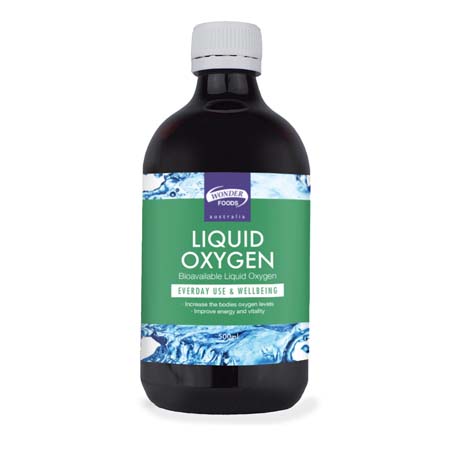

Several important chemical synthesis processes are dependent upon hydrogen, and the production and use of hydrogen is generally driven by its connection to one of these markets. This is distinct from the Long-Duration Storage Shot, which is the primary focus of this report however, it is intrinsically linked to bidirectional hydrogen storage. The goal of the Hydrogen Shot is to reduce the cost of clean hydrogen by 80% to $1/kg of clean hydrogen production within one decade (known as the “1 1 1” goal).

To facilitate affordable decarbonization of these industrial processes and to advance the use of hydrogen as a fuel in transportation, DOE launched the Hydrogen Shot as part of the Energy Earthshots Initiative. More than 95% of hydrogen production is used for industrial processes rather than energy storage. Coal gasification, steam methane reforming, and other reformation processes provide the majority of current hydrogen production due to the relatively low cost of hydrogen produced through these processes. Several approaches were developed for the production of hydrogen with the most common being associated with the more » production and conversion of hydrocarbon-based fuels. Hydrogen’s lighter-than-air and flammable properties were immediately used in engines, zeppelins, and as feedstock for a wide variety of chemical reactions. Early work focused on the generation of hydrogen through the oxidation of metals in water, which released hydrogen gas. Hydrogen is the most common element in the universe, comprising nearly 75% of all normal matter, and it has been used by scientists for centuries, but it was not fully recognized as an element until 1766, when it was isolated by Henry Cavendish. There are potential markets for nitrogen in, for example, cryogenic separation of metallic and plastic wastes, cryogenic particle size reduction, and production of ammonia for = ,
#Liquid oxygen weight per gallon full
Full utlization of liquid and gaseous nitrogen should be encouraged, so that the wasted separation energy is minimized. Air separation plants can produce more than three times more nitrogen than oxygen, but present markets demand, at most, only 1.5 times more. Effective approaches to energy and material conservation in air separation plants include efficient removal of contaminants (carbon dioxide and water), centralization of air products user-industries so that large air separation plants are cost-effective and the energy use in transportation is minimized, and increased production of nitrogen. Energy use and materials flows are analyzed for various air separation methods. More than 65% of the cost of oxygen is attributable to energy costs. Liquid and gaseous oxygen is produced in an energy-intensive air separation processo that also generates nitrogen.


 0 kommentar(er)
0 kommentar(er)
